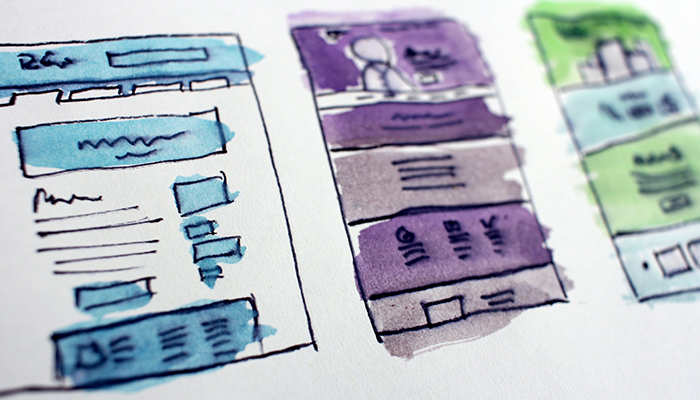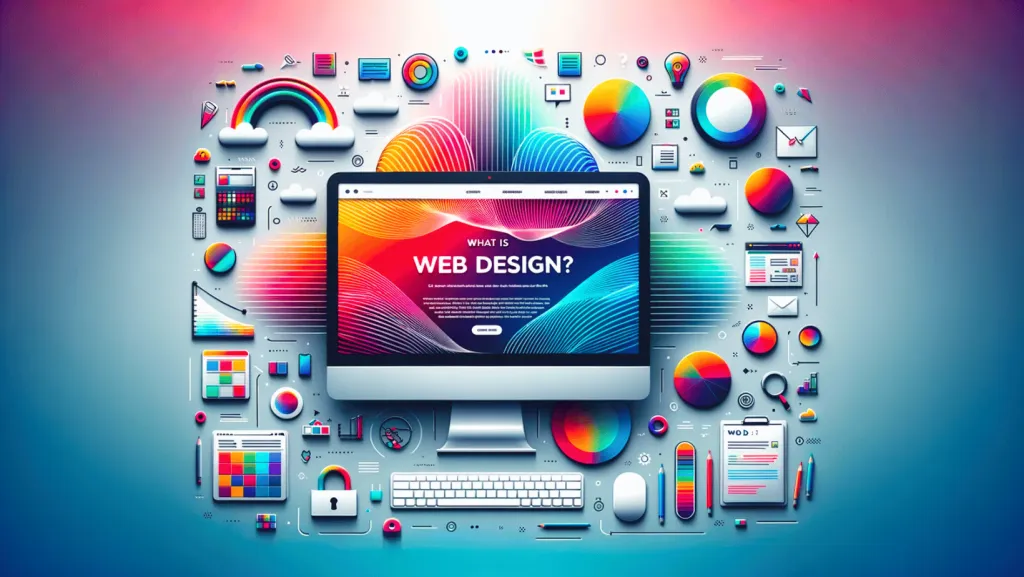
In today’s digital world, websites and apps should be easy for everyone to use—including people with disabilities. That’s what accessibility in design is all about: making sure digital content is usable by all.
What Does Accessibility Mean?
Accessibility means creating designs that work for people with different abilities. This includes users who are blind, deaf, or have mobility or cognitive challenges. Accessible design helps everyone navigate and understand content better.
For example, someone who uses a screen reader needs proper text descriptions for images. Someone who can’t use a mouse might need to navigate with a keyboard. And users with color blindness benefit from color contrast and readable fonts.

Why It Matters
- Inclusion
Designing for accessibility shows that your business or brand values everyone. It creates a more welcoming experience for all users. - Better Usability
Accessibility often leads to simpler, clearer interfaces that benefit all users—not just those with disabilities. - Legal Compliance
In many countries, accessibility is a legal requirement. Websites that don’t meet accessibility standards may face lawsuits or penalties. - SEO Benefits
Search engines favor accessible websites. Features like alt text and clean code improve your SEO, helping more people find your site. - More Customers
Over 1 billion people worldwide live with a disability. Making your website accessible means reaching a larger audience.
How to Start
- Use readable fonts and good contrast between text and background.
- Add alternative text to images.
- Ensure your site works with keyboard navigation.
- Include captions for videos.
- Use clear headings and consistent layouts.
Tools like WAVE or Google’s Lighthouse can help you check your site’s accessibility.
Final Thoughts
Accessibility isn’t just a “nice-to-have”—it’s essential. By designing with accessibility in mind, you create a better experience for everyone, improve your brand image, and open your site to more visitors.
Latest Posts
Follow Us
